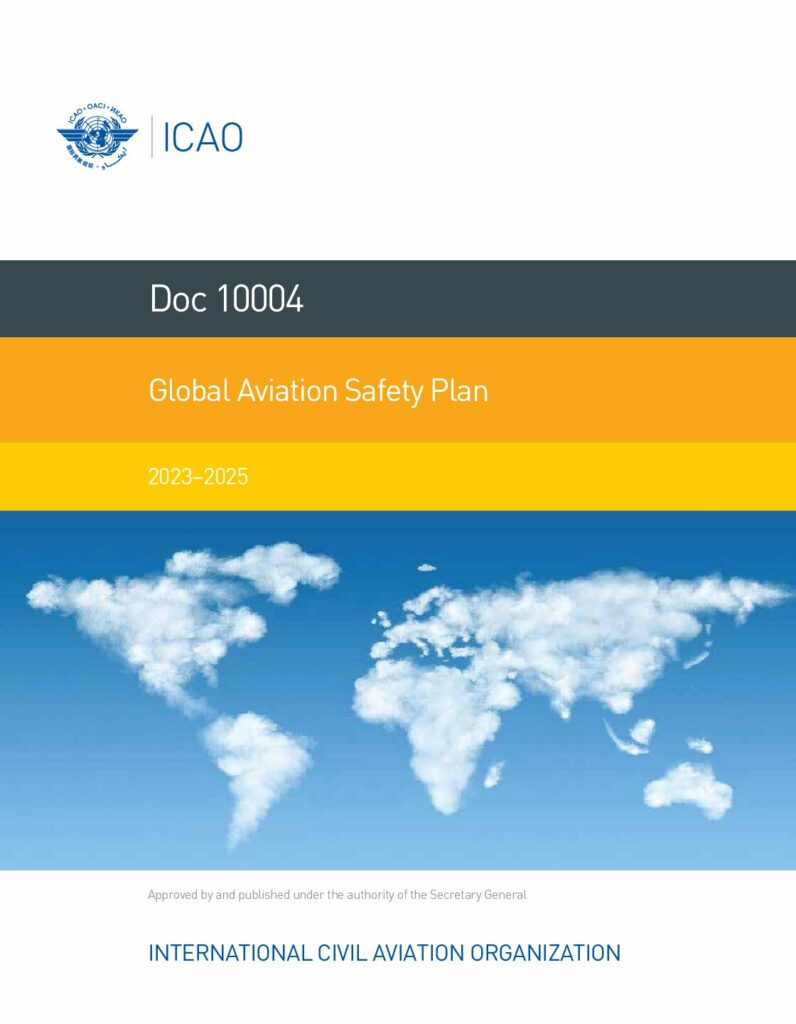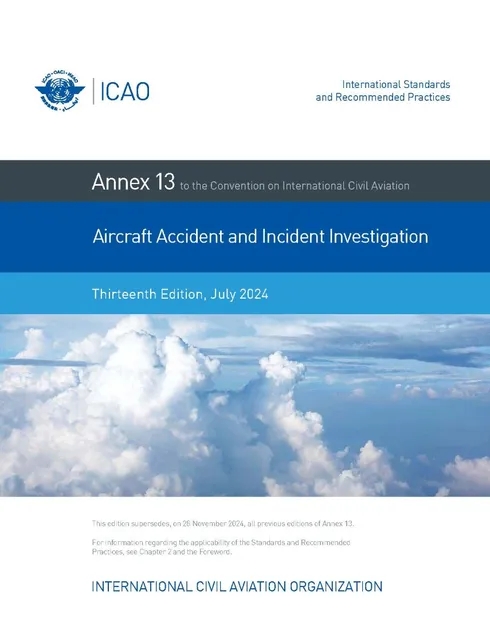
Aviation Safety Oversight by Authorities
The following Aviation Authorities are adressed by the Aviation Safety Oversight Agency:
Organizations assigned with authority duties (Aero-Clubs, external experts)
Organizations assigned with authority duties (Aero-Clubs, external experts)
Other Authorities with duties and responsibilities related to Aviation are mentioned in the next main menues (Public Health Authorities, Veterinary Services, Authorities for Protection from Radiation, Environmental Authorities, Judicial Authorities, Law Enforcement).
Director(ate)s of Civil Aviation (DCA) and other regulatory organizations worldwide work on changing their Aviation Law and assoziated regulations to establish their State Safety Programs (SSP) and the standards and requirements for implementation of a proactive Safety Management throughout all stages of their Air Transport Systems.
The evaluation and analysis of not only the States Aviation Authority structure and organization, but of the overall Aviation structure is the main service the Aviation Safety Oversight Agency is providing.
The conclusions and consequent recommendation of ASOA.aero will help the Regulators/DCAs to establish their SSP and general Safety Management according to ICAOs guidance documents, notifiably the Global Aviation Safety Plan (GASP) and associated publications:
Todays structure of the Global Aviation Safety System
Policy: Global Aviation Safety Plan GASP
Standards and Recommended Practises SARPs and Guidance Material: Annexes 2, 6, 8, 11, 13, 14, 19, Safety Management Manual SMM, Doc 9859
Data Bases as sources of safety information: ICAO iStars, European Central Repository ECR, Skybrary, National Reporting Systems, NASA, etc
Implementation of Safety Oversight: Universial Safety Oversight Audit Program USOAP, Regional Aviation Safety Group RASG, National Safety Audit Programs, Industry Quality & Safety Certification (IOSA, ISAGO, etc)
Other Authorities with duties and responsibilities related to Aviation are mentioned in the next main menues (Public Health Authorities, Veterinary Services, Authorities for Protection from Radiation, Environmental Authorities, Judicial Authorities, Law Enforcement).
Safety Investigation/Accident Investigation nowadays is not only a very important source of information for corrective action after “Something-had-happened”. Safety/Accident Investigation Branches (SIB/AIB) provide this information by publishing Safety Recommendations to/in their Investigation Reports, if appropriate.
Today the even more important role of these Investigation Reports – or the event data of occurrence reporting systems and reporting systems of the organizations´ SMS (voluntary reporting) – is the publication and dissemination of safety relevant data that can be used for the Aviation Stakeholders´ Safety Management/Risk Management. Data from Investigation Reports are, among Flight Data Monitoring and organizational internal investigations of Safety Relevant Events (SRE), a major source of safety data.
As long as there is no global Safety Reporting System for both mandatory and voluntary reports, Aviation Stakeholders have to collect useful data from many different sources (Reports, SRE Investigations, iStars, European Central Repository ECR, Skybrary, NASA, etc).
ASOA.aero is able to provide SIBs/AIBs with the following:
- Analysis of the Structure and Organization of the State Safety/Accident Investigation Branch
- Pre-audits to National or ICAO (USOAP) audits
- Support to Safety/Accident Investigations
- Training of Accident Investigators

Civil Aviation Authorities/National Aviation Authorities (CAA/NAA), in most countries, are the executive branches to assure the States´ compliance with national/supranational aviation law and international standards and regulations.
The main principles and methods of the CAAs/NAAs Safety Oversight are
- evaluating the compliance by the means of audits and inspections, and
- assuring functioning Safety Management Systems of their non-governmental organizations
CAAs/NAAs have to assure
- an appropriate number of staff, and
- qualified staff
to fulfill all oversight duties.
Both are shear impossible prerequisites in our world of permanently increasing demands with respect to Flight Safety and accident statistics with the conflicting requirements to reduce personnel and save public expenses.
In addition, the innovations of Aviation as one of the fastest growing sectors of the global industry pushes the boundaries between the duties and capabilities.
ASOA.aero provides CAAs/NAAs by:
- surveying the status quo of the authority structure and organization
- evaluation of the overall effectiveness and the performance levels of their departments
- recommendations to change to a more efficient setup, including the State´s legal basis (SSP, State SMS, National Aviation Occurrence Management)
- training of authority staff (government auditors/inspectors training)
- temporary assignment of duties on behalf of the authority as external experts (until a possible critical situation has improved).

Military Services of most States use aircraft and flying-apparatuses to conduct or support warfare. Air Power operation is dependant on a functioning structure and organization and processes for Safety Management, Quality Assurance, coaching of personnel, Human Factors programs and the setup of an Error Management System.
Military aircraft operations not only require efficient planning and logistics, but also continuing evaluation and sometimes new insights from an external point of view. As it is true for other types of organizations and all other business, there is a remarkebly better profit to use, randomly or permanently, external services to get a neutral view to the own business. Sometimes external observers bring in estonishing ideas to eperienced insiders.
Contact ASOA.aero for specific requests and you will get information about the service that the military specialists of ASOA.aero can provide to your organization. Contact adress is mil@asoa.aero.

Operators of State Aircraft often have to follow different requirements then civil commercial operators.
ASOA.aero is able to advise those operators in how to set up their organisation to establish an operation acceptable to the national Civil Aviation Authority.
Important issues are:
- Structure and responsible positions within their organization
- Processes and procedures to comply with civil aviation requirements
- Maintenance documentation
- Standard operating procedures, operations manuals
- Documentation of operation
- Comprehensible documentation of their Safety Management
- Quality and Safety Management




